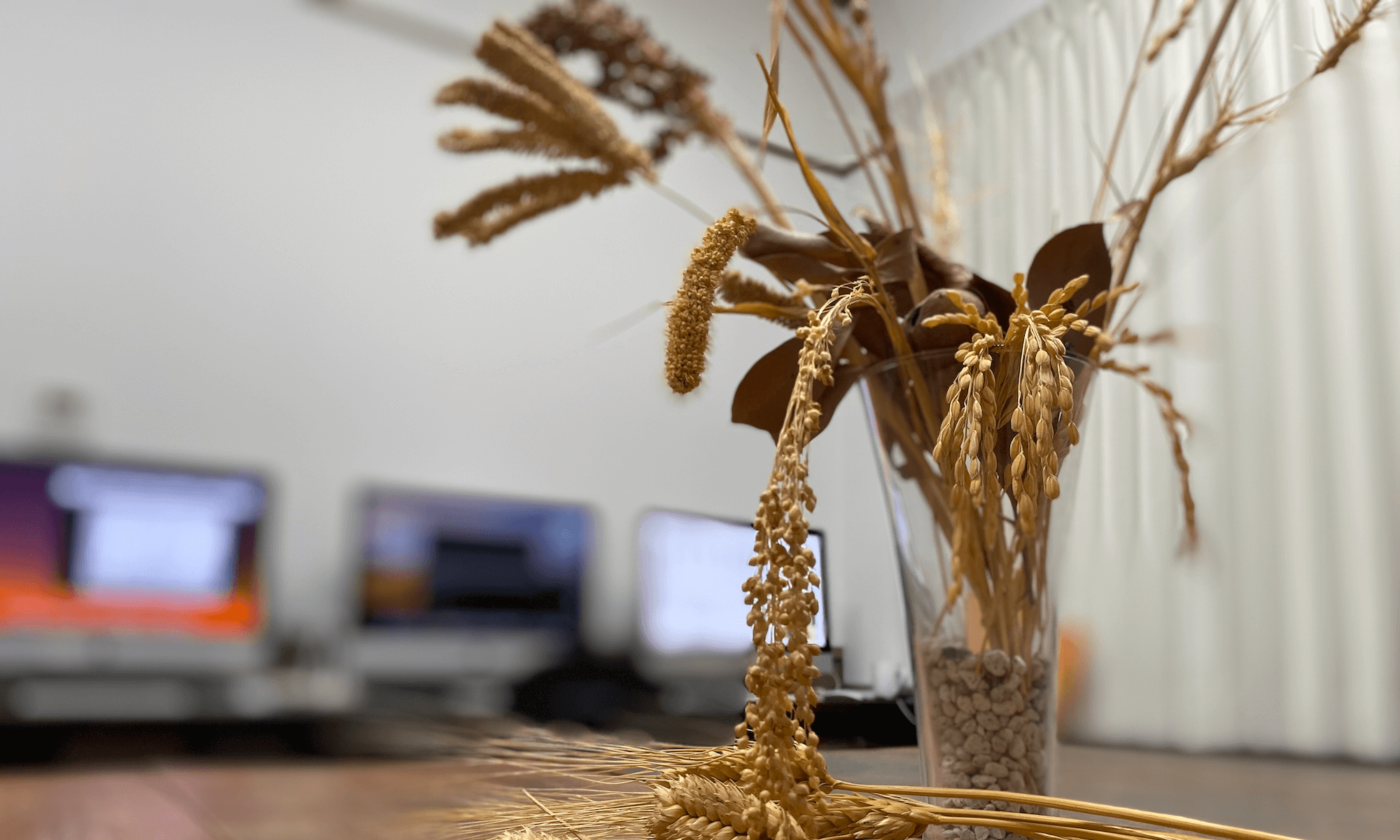How the sheer diversity of crops has been generated by selection?
Understand crop evolution from genomics perspective.
The cultivated plants are the fundamental heritage in human history. The history of organisms including crops is described in genome data. In our group, we use a wide variety of crops from around the world. Especially, we apply bioinformatics approach to genome sequence of these plants and explore the origin and evolutionary history of crops.
Explore the diversity of cultivated plants.
As a results of interactions between human and wild plants, plants had been cultivated in various places around the world. We challenge the natural history research of cultivated plants, such as wheat, millet, buckwheat, yam, and rice via fieldwork. In addition, we are working on preserving genetic resources of crops.

Investigate genome sequence data of crops
Recently, the DNA sequencing technology is dramatically proceeding and it becomes easy to read whole genome sequence of organisms. We challenge to elucidate the affinity, origin, evolutionary history across between cultivated and wild plants at the genetic level using bioinformatics approach. We also challenge to identify important genes for cultivation and evolutionary adaptation.
Investigate evolutionary history of crops
Cultivated plants are suffered from strong natural selection against pathogens and pests due to the large-scale cultivation in anthropogenic environments. Therefore, crops continue evolving to cope with this environment. We challenge to elucidate the molecular mechanism of coevolution using crops and pathogens.

Materials
Crop and its relatives
Triticum (Wheat)、Fagopyrum (Buckwheat), Dioscorea (Yam), wild plant etc.
Materials
Cultivation, Observation, Crossing, Genome Assembry, QTL-seq/MutMap/GWAS, Genome Analysis, Modeling
